Home>Home Maintenance>When Should You Turn On The Power Ventilation System
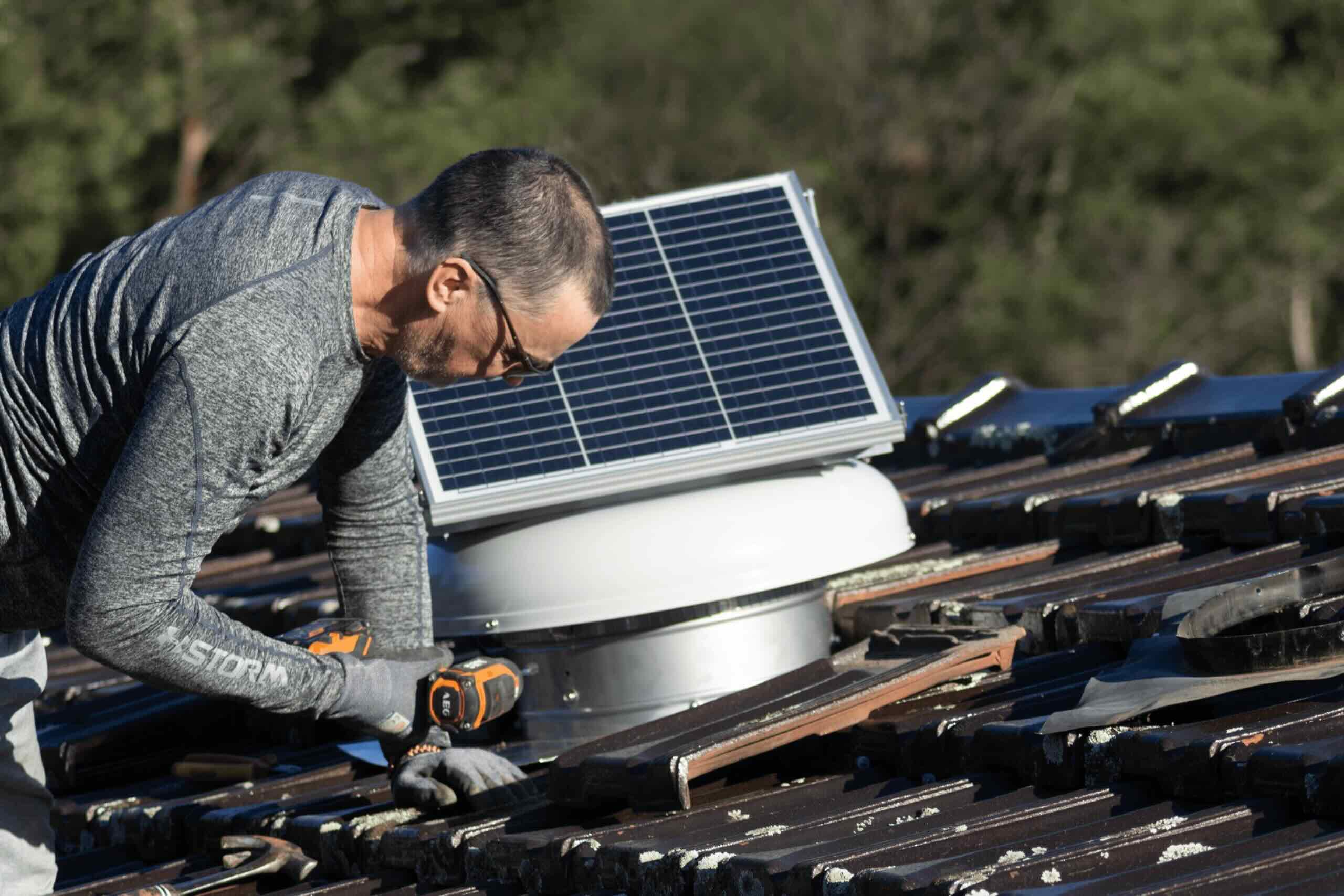

Home Maintenance
When Should You Turn On The Power Ventilation System
Modified: March 6, 2024
Looking for optimal home maintenance? Find out the best time to activate your power ventilation system and enhance the air quality in your house.
(Many of the links in this article redirect to a specific reviewed product. Your purchase of these products through affiliate links helps to generate commission for Storables.com, at no extra cost. Learn more)
Introduction
Welcome to our comprehensive guide on power ventilation systems for your home. In this article, we will explore the definition of a power ventilation system, the benefits it offers, factors to consider, and when it is appropriate to turn on this system. Whether you’re a homeowner looking to improve your indoor air quality or a DIY enthusiast eager to learn more about home maintenance, this article is for you.
A power ventilation system is a type of mechanical ventilation that helps remove stale air, moisture, and pollutants from your home. Unlike natural ventilation, which relies on the movement of air through windows and doors, a power ventilation system uses fans and other mechanical components to facilitate air exchange. These systems are designed to improve indoor air quality, regulate humidity levels, and prevent the buildup of harmful agents like mold and mildew.
Now that we have a basic understanding of power ventilation systems, let’s delve into the numerous benefits they offer to homeowners like yourself.
Key Takeaways:
- Turn on the power ventilation system during high humidity periods, after showering or cooking, and when indoor air quality is poor to maintain a fresh and healthy indoor environment.
- Consider factors like ventilation type, installation location, and energy efficiency when choosing a power ventilation system. It helps improve air quality and creates a comfortable living space.
Read more: When Should You Replace HVAC System
Definition of Power Ventilation System
A power ventilation system is a mechanical system installed in homes or buildings to promote air circulation, improve indoor air quality, and regulate moisture levels. It consists of various components such as fans, vents, and ducts that work together to efficiently remove stale air and introduce fresh air from outside.
This system is particularly useful in areas where natural ventilation is limited or insufficient, such as in tightly sealed or heavily insulated homes. It helps to maintain a comfortable and healthy living environment by reducing excess humidity, eliminating odors, and removing harmful airborne particles.
Power ventilation systems can be categorized into two main types: exhaust ventilation and supply ventilation.
- Exhaust Ventilation: In an exhaust ventilation system, fans extract air from specific areas with high humidity or pollutants, such as bathrooms, kitchens, or laundry rooms. The stale air is then expelled through exhaust vents, creating negative pressure that draws fresh outdoor air into the building through unintentional leaks or supply vents in other areas. This type of system is often more affordable and simpler to install.
- Supply Ventilation: A supply ventilation system, on the other hand, introduces fresh outdoor air into the building by using fans to push the air in and distribute it throughout the interior. Stale indoor air is simultaneously expelled through exhaust vents or natural leakage points. Supply ventilation systems are more effective in controlling indoor air quality and are often recommended for homes with significant pollutants or high occupancy.
Both types of power ventilation systems can be operated manually or controlled by sensors that detect factors like humidity levels, temperature, or air quality. Some advanced systems even feature smart technology, allowing homeowners to monitor and adjust ventilation settings remotely.
Now that we understand the definition and types of power ventilation systems, let’s explore the benefits they provide to homeowners.
Benefits of Power Ventilation
Power ventilation systems offer numerous benefits that contribute to the overall comfort, health, and energy efficiency of your home. Let’s take a closer look at some of these advantages:
- Improved Indoor Air Quality: One of the primary benefits of a power ventilation system is the enhancement of indoor air quality. By continuously exchanging stale indoor air with fresh outdoor air, these systems help to remove pollutants, allergens, and odors. This can greatly reduce the risk of respiratory issues, allergies, and other health problems associated with poor air quality.
- Controlled Humidity Levels: Excess humidity in your home can lead to the growth of mold, mildew, and other harmful microorganisms. Power ventilation systems help to regulate humidity levels by removing moist air and replacing it with drier outdoor air. This helps to prevent moisture-related issues, such as mold growth and structural damage, while maintaining a comfortable living environment.
- Elimination of Lingering Odors: Cooking smells, pet odors, and other unpleasant odors can linger in your home, creating an uncomfortable environment. Power ventilation systems can quickly and effectively remove these odors, providing a fresh and inviting indoor space.
- Energy Efficiency: While power ventilation systems consume energy to operate, they can actually contribute to overall energy efficiency in your home. By effectively managing airflow, these systems can reduce the need for excessive heating or cooling, leading to lower energy consumption and cost savings on your utility bills.
- Prevention of Condensation and Moisture Damage: Condensation can form on windows, walls, and other surfaces, leading to moisture damage and the risk of mold growth. Power ventilation systems help to minimize condensation by maintaining proper airflow and balanced humidity levels, preventing costly repairs and ensuring the longevity of your home.
- Comfortable and Healthier Living Environment: With improved air quality, controlled humidity levels, and the elimination of odors, a power ventilation system creates a more comfortable and healthier living environment for you and your family. You can enjoy fresh, clean air throughout your home, promoting better respiratory health, reducing allergies, and enhancing overall well-being.
These are just some of the benefits that power ventilation systems offer homeowners. Now, let’s consider some important factors to keep in mind when selecting and installing such a system.
Turn on the power ventilation system when cooking to remove smoke and odors, when showering to reduce humidity, and when using cleaning products to improve indoor air quality.
Factors to Consider
Before installing a power ventilation system in your home, there are several factors you should consider to ensure that you choose the right system and maximize its effectiveness:
- Type of Ventilation System: Determine whether an exhaust ventilation or supply ventilation system is more suitable for your home based on factors such as the layout, size, and specific ventilation needs of different areas.
- Installation Location: Identify the optimal locations for installing the ventilation system components, such as exhaust fans and intake vents. This will depend on the areas with the highest humidity levels or pollutant sources, as well as the overall airflow dynamics within your home.
- Ventilation Capacity: Calculate the ventilation capacity needed based on the size and volume of your home. This will ensure that the system can effectively exchange the air and maintain a healthy indoor environment.
- Noise Level: Consider the noise level of the power ventilation system, especially if you plan to install it in frequently occupied areas. Look for systems with noise-reduction features or models specifically designed for quiet operation.
- Energy Efficiency: Choose a power ventilation system that is energy-efficient to minimize long-term operating costs. Look for systems with high-efficiency motors and energy-saving features such as variable speed controls or programmable timers.
- Maintenance Requirements: Understand the maintenance needs of the system before making a decision. Some systems may require regular filter changes, cleaning of components, or professional servicing. Consider the time and resources required to maintain the system properly.
- Budget: Determine your budget for the installation, operation, and maintenance of a power ventilation system. Consider the upfront costs of purchasing and installing the system, as well as potential long-term energy savings and maintenance expenses.
By carefully considering these factors, you can select a power ventilation system that is well-suited to your home’s specific needs and requirements. However, knowing when to turn on the power ventilation system is equally important. Let’s explore the optimal times to activate this system in the next section.
When to Turn On the Power Ventilation System
Knowing when to turn on your power ventilation system is crucial to maintain a healthy and comfortable indoor environment. Here are some key scenarios when activating the system is particularly beneficial:
- During High Humidity Periods: If you live in an area with high humidity levels or experience humid seasons, it is advisable to turn on the power ventilation system regularly. This will help control moisture and prevent the growth of mold and mildew.
- After Showering or Cooking: Moisture levels can easily become elevated after activities that generate steam and moisture, such as showering or cooking. Running the power ventilation system during and after these activities will help remove excess humidity, preventing condensation and dampness.
- When Indoor Air Quality is Poor: If you notice unpleasant odors, allergens, or an accumulation of pollutants in your home, it’s a good idea to activate the power ventilation system. This will help remove contaminants and improve the overall air quality.
- During and After Home Renovations: Home renovations often release dust, particles, and volatile organic compounds (VOCs) into the air. Turning on the power ventilation system during and after renovation projects will aid in venting out these pollutants and maintaining a clean indoor environment.
- During the Spring and Fall Seasons: Opening windows for natural ventilation during mild weather conditions can be beneficial. However, there may be times when the weather is unfavorable or when you prefer to keep your windows closed for security or noise reasons. In such cases, running the power ventilation system helps to maintain fresh indoor air.
- When Occupying Stagnant or Seldom-used Spaces: Spaces in your home that are seldom used or remain closed for extended periods can develop stagnant air. Switching on the power ventilation system in these areas will help circulate and refresh the air, preventing musty odors and improving air quality.
Remember, each home is unique, and the optimal times to use the power ventilation system may vary depending on your specific circumstances. Pay attention to changes in indoor air quality, humidity levels, and any noticeable odors, and adjust the system accordingly.
To make the most of your power ventilation system, consider installing sensors or timers that automatically activate the system based on factors such as humidity levels or occupancy. This ensures that the system runs efficiently and effectively without the need for constant manual controls.
Now that we have explored when to turn on the power ventilation system, let’s conclude our article with a summary of the key points.
Read more: When Should You Turn Air Conditioning On
Conclusion
Power ventilation systems are an excellent addition to any home, providing numerous benefits such as improved indoor air quality, controlled humidity levels, and the elimination of lingering odors. By efficiently exchanging stale air with fresh outdoor air, these systems create a comfortable and healthy living environment for you and your family.
When considering a power ventilation system for your home, take into account factors such as the type of system, installation location, ventilation capacity, noise level, energy efficiency, maintenance requirements, and budget. By carefully considering these factors, you can select a system that suits your specific needs and ensures optimal performance.
To maximize the benefits of your power ventilation system, it is important to know when to turn it on. During high humidity periods, after showering or cooking, when indoor air quality is poor, during and after home renovations, during the spring and fall seasons, and in seldom-used spaces are all ideal times to activate the system. By paying attention to changes in indoor air quality and adjusting the system accordingly, you can maintain a fresh and healthy indoor environment.
As homeowners, it is essential for us to prioritize the air we breathe and the comfort of our living spaces. A power ventilation system is an investment that can significantly improve the overall quality of your home, ensuring that you and your loved ones enjoy clean, fresh air year-round.
We hope this comprehensive guide has provided you with valuable insights into power ventilation systems and their benefits. Now, armed with this knowledge, you can make informed decisions about your home’s ventilation needs and create a healthier living environment.
Frequently Asked Questions about When Should You Turn On The Power Ventilation System
Was this page helpful?
At Storables.com, we guarantee accurate and reliable information. Our content, validated by Expert Board Contributors, is crafted following stringent Editorial Policies. We're committed to providing you with well-researched, expert-backed insights for all your informational needs.
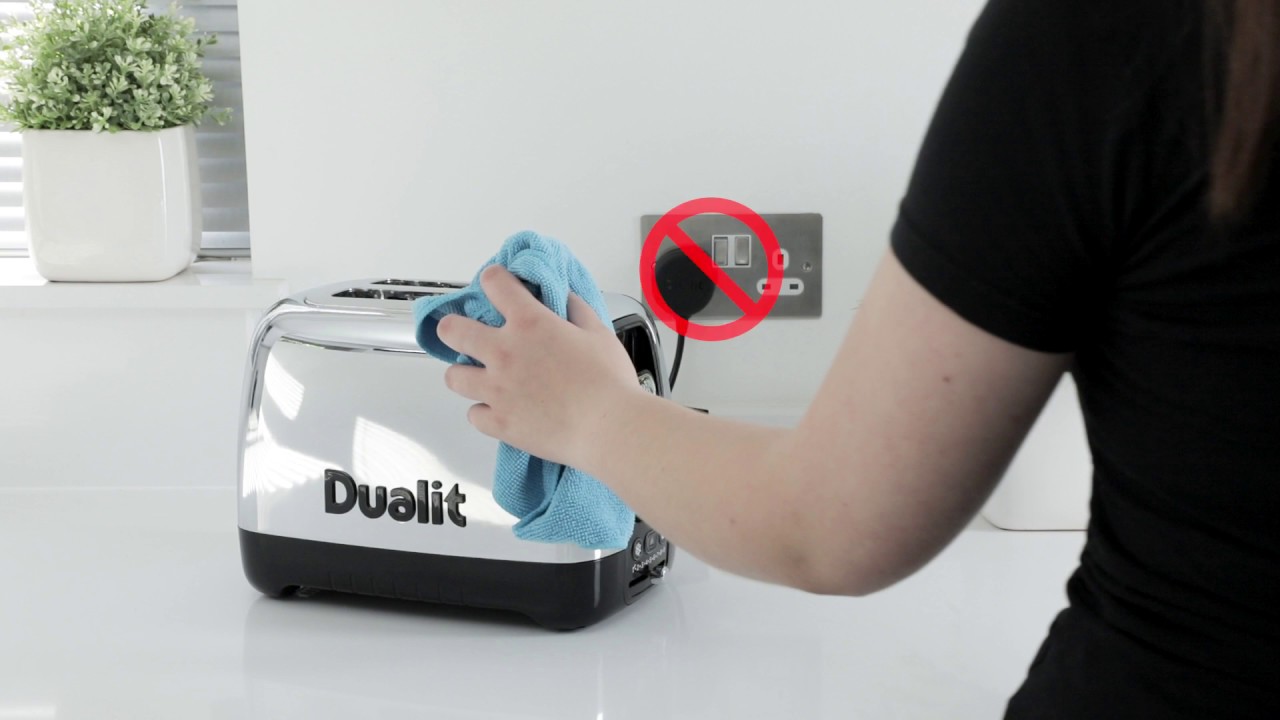
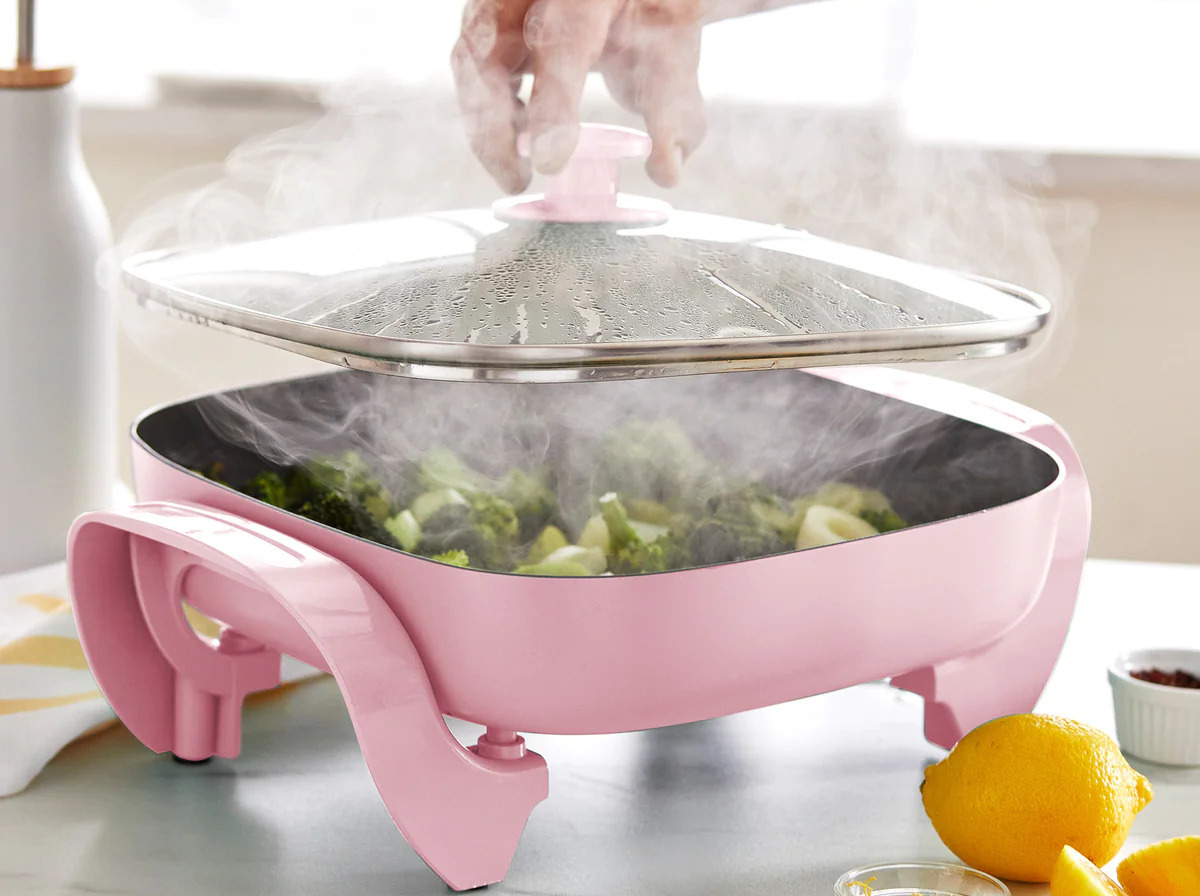
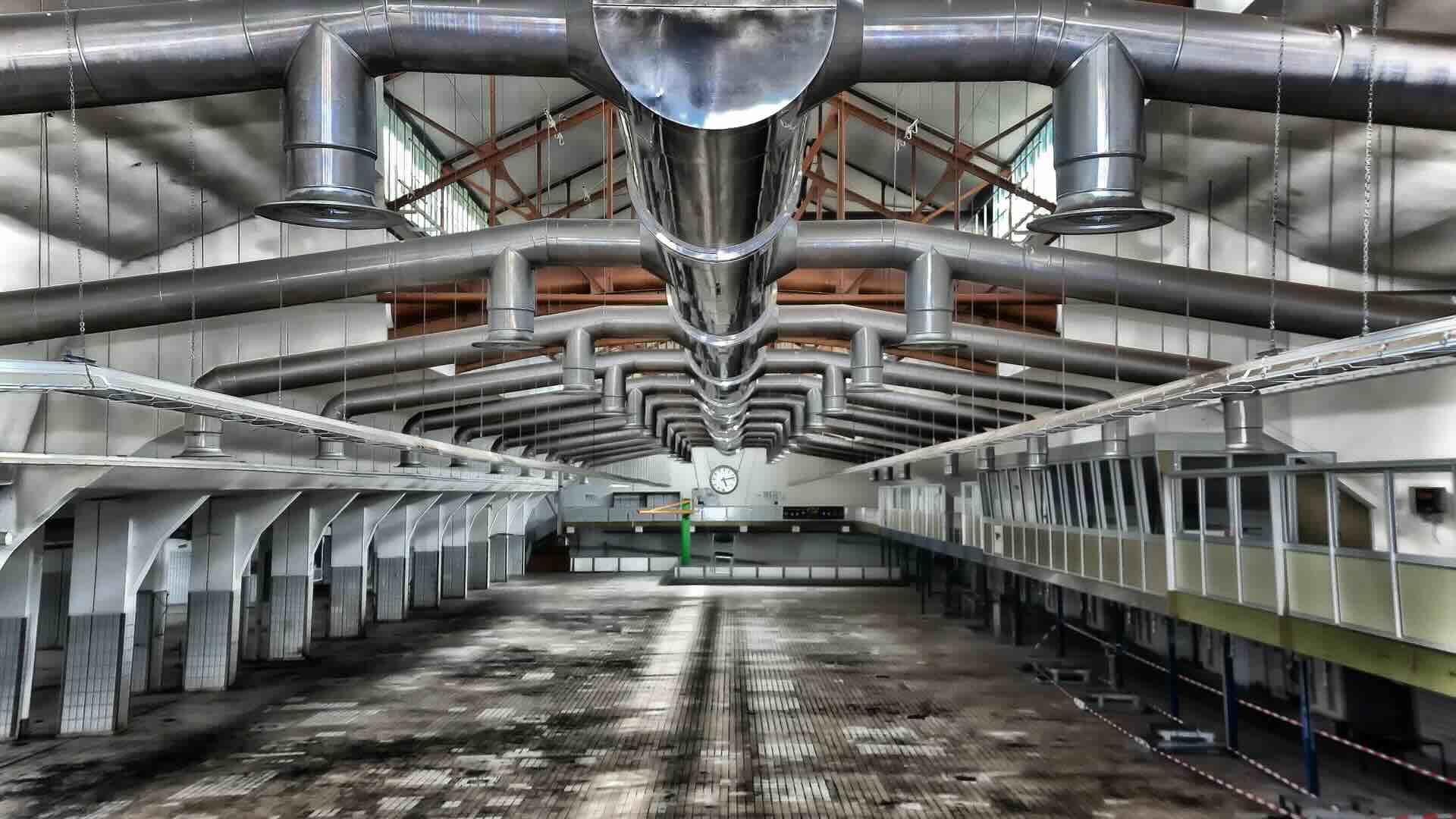
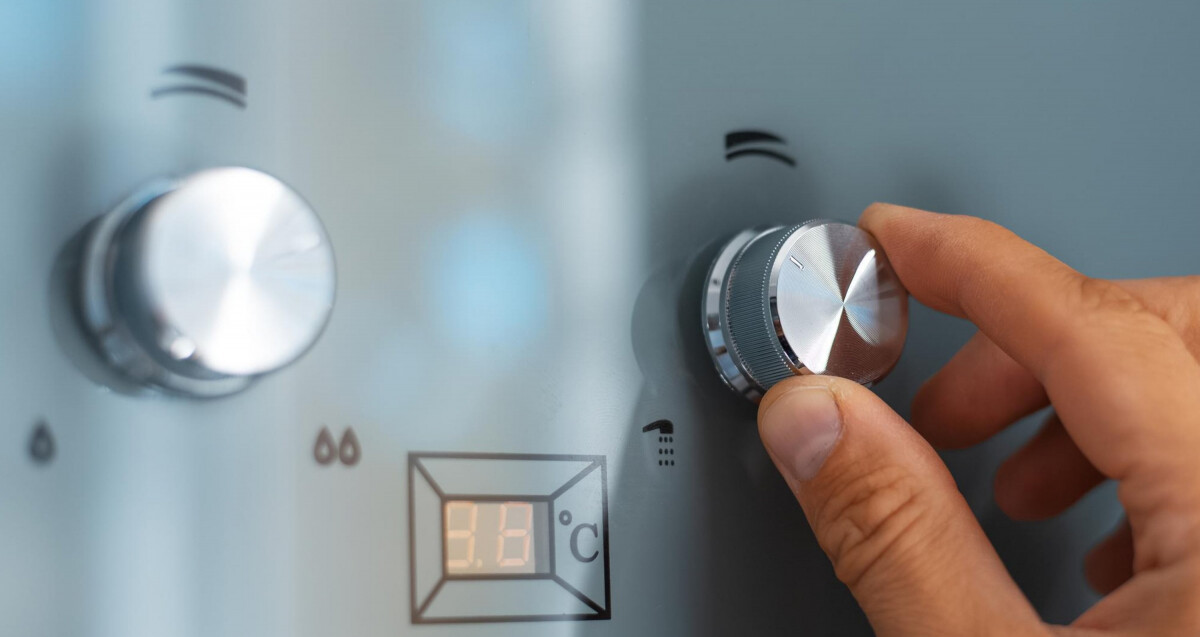
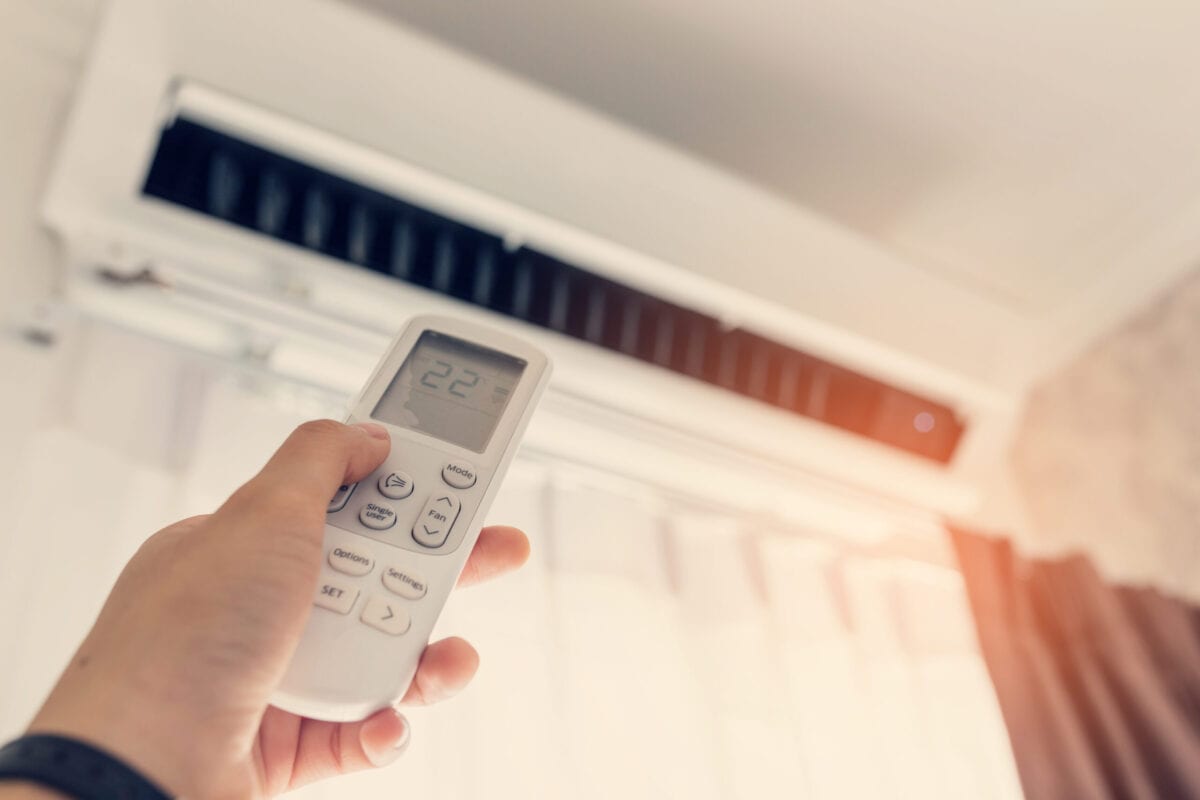

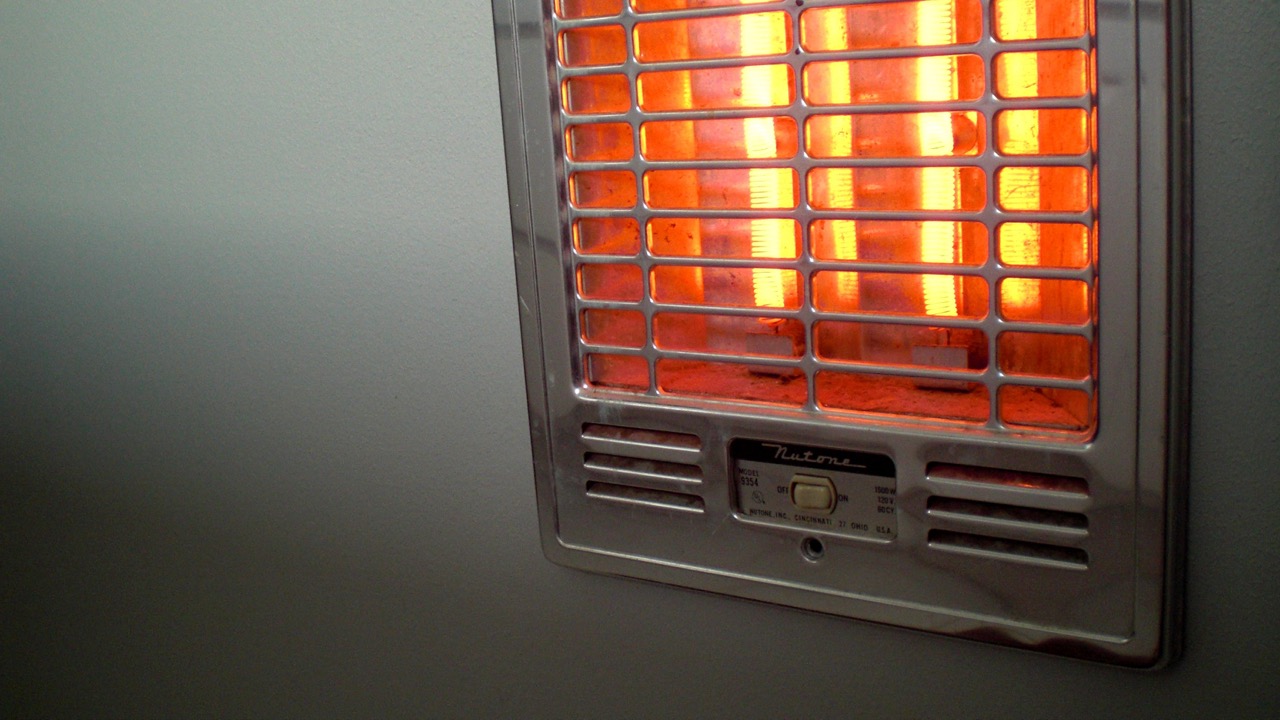
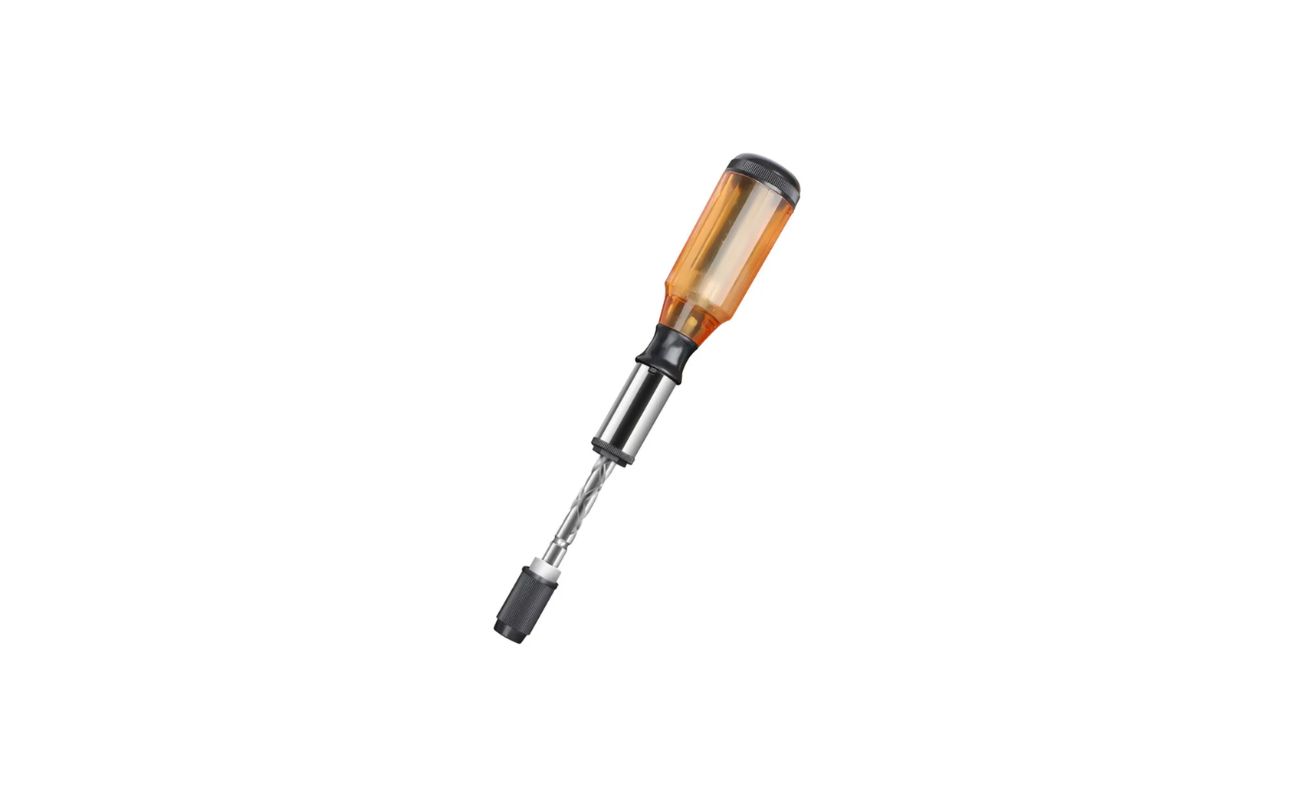
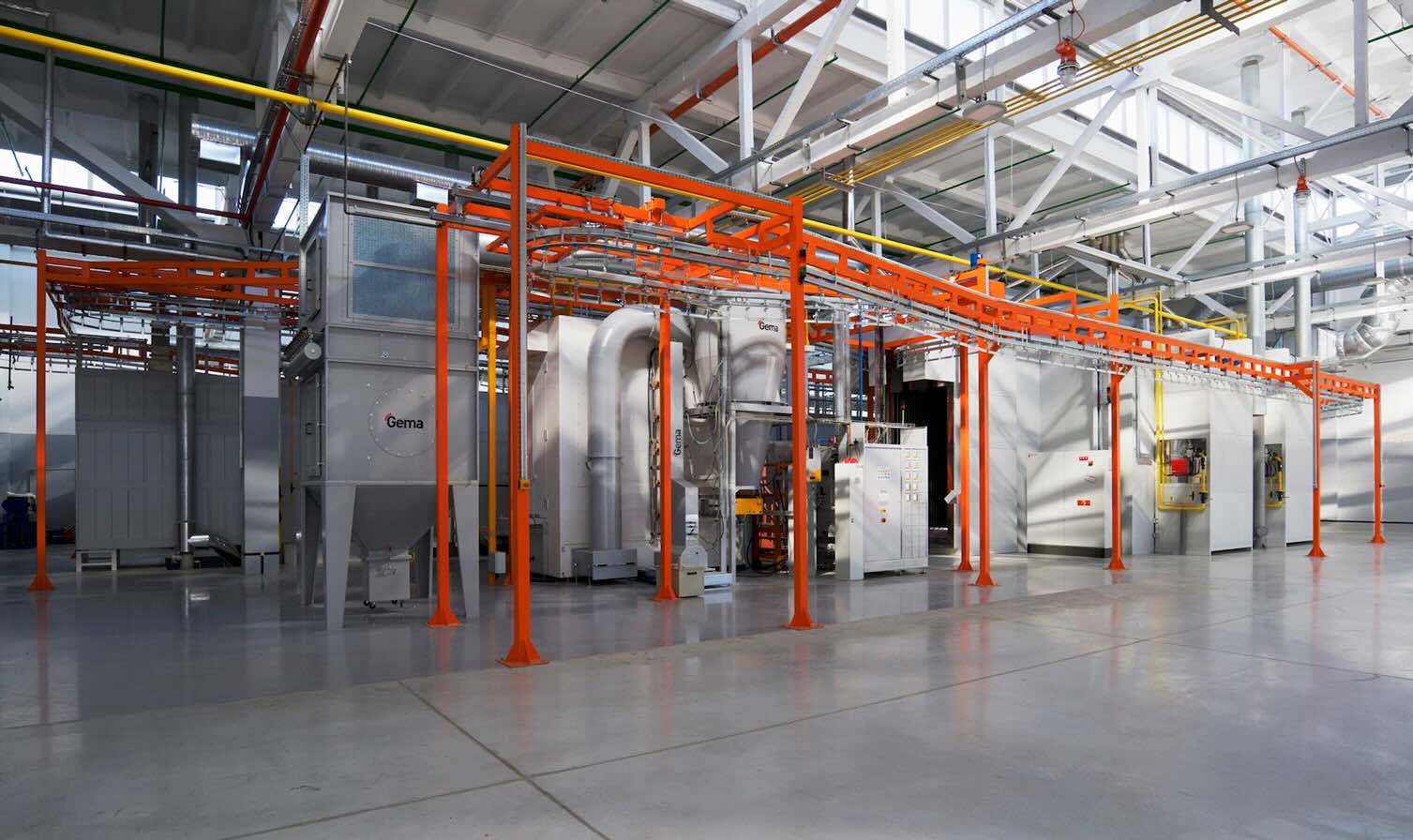
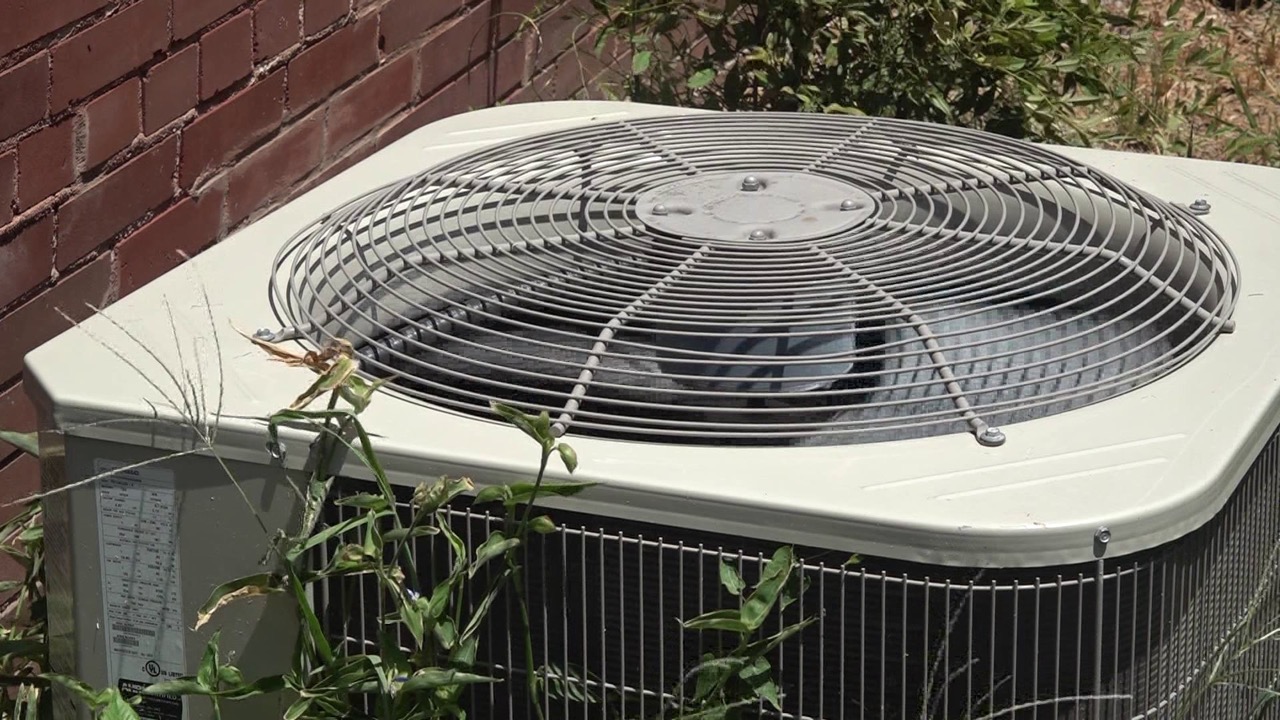

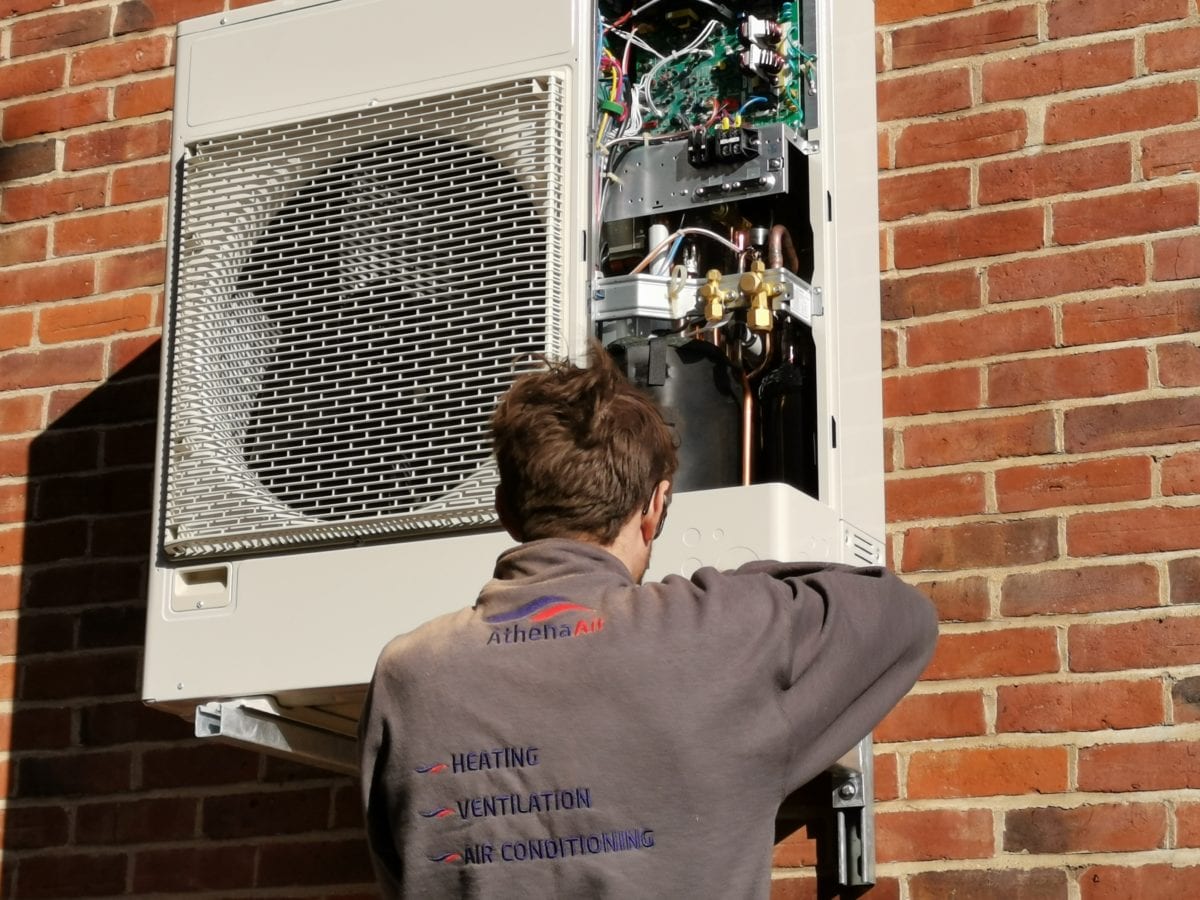
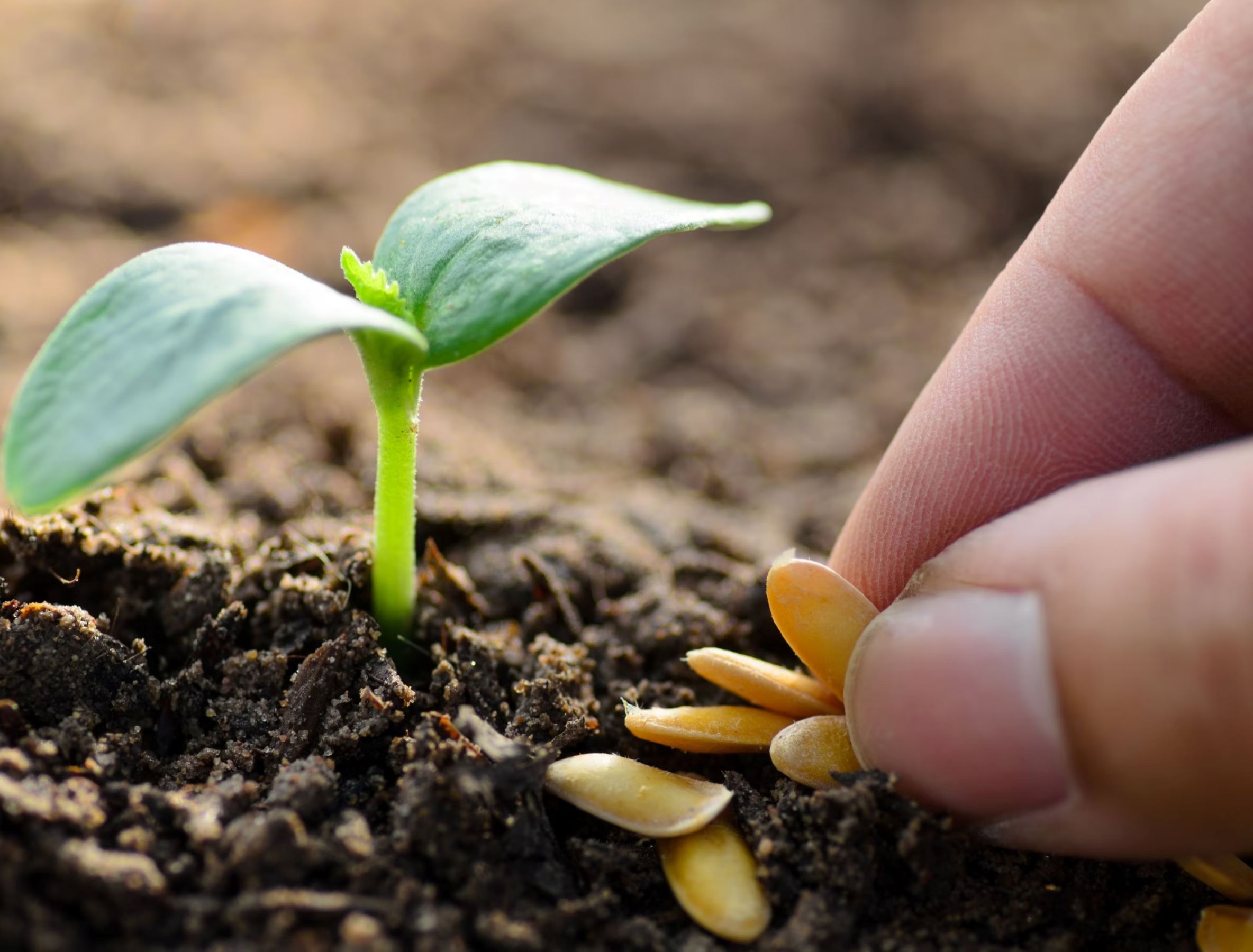
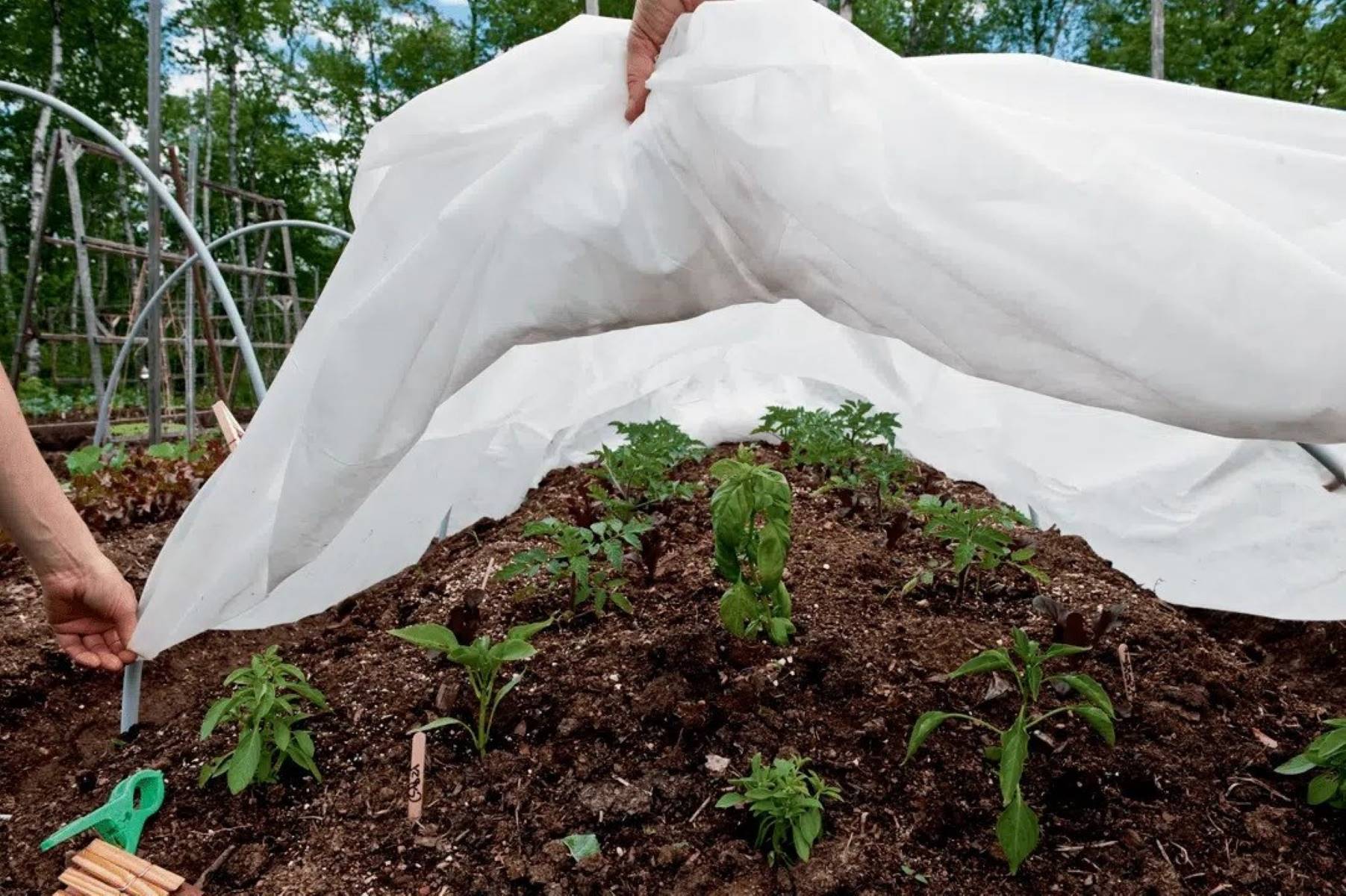

0 thoughts on “When Should You Turn On The Power Ventilation System”